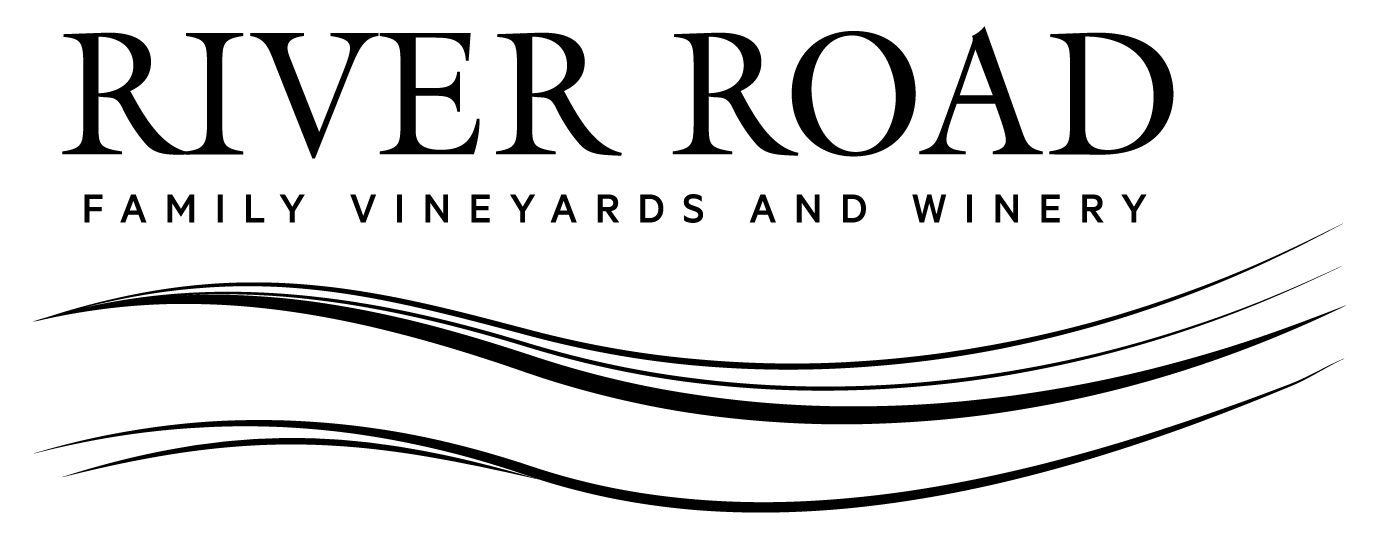Vineyard Update
May is always an interesting month for weather here in the Russian River Valley, you don’t know if you are going to get rain, freezing temperatures, or scorching hot days! We are fortunate this year in that it was relatively mild for the most part. We had a couple cold mornings in the beginning of the month that threatened frost but didn’t quite deliver. We also had one last rainstorm where we received 1.12 inches in a day! For the last three weeks though the weather has been sunny and mild. This has pushed the vines right along and have been able to go in and shoot thin which is critical for creating good conditions for bloom, which is happening right now. It’s about two or three weeks ahead of last year’s timing and looking back several years the vineyard is tracking at a “normal” pace.
 The vines have really taken off and are reaching toward the sky, with some canes quadrupling in length!
The vines have really taken off and are reaching toward the sky, with some canes quadrupling in length!
Shoot thinning is a crucial vineyard management practice for growing quality grapes and balancing the vines. This process involves selectively removing excess shoots to improve vine health and fruit quality. By reducing the number of shoots, growers can enhance sunlight penetration and air circulation within the canopy, which helps in reducing disease pressure and promoting uniform ripening of the grapes. Shoot thinning also balances the vine’s vegetative growth with its fruit-bearing capacity, leading to better energy distribution and potentially higher quality grapes. The practice is tailored to the specific needs of each vineyard, considering factors like vine vigor, grape variety, and desired wine style. Effective shoot thinning can result in more consistent yields and improved grape composition, contributing to superior wine production. Additionally, this management technique supports the long-term health and productivity of the vines by preventing over-cropping and ensuring optimal growth conditions.
 This is a flowering chardonnay cluster; each flower will become a grape!
This is a flowering chardonnay cluster; each flower will become a grape!
During bloom, wine grapes enter a critical phase in their growth cycle, typically occurring in late spring. This period is marked by the emergence of small, fragrant flowers, which signify the onset of pollination and subsequent fruit set. Weather conditions during bloom are crucial; optimal temperatures range between 65-85°F, with low humidity and minimal rainfall being ideal to prevent issues like poor fruit set or fungal diseases. The success of the bloom phase directly impacts the yield and quality of the harvest. We closely monitor and manage conditions to support a healthy bloom, employing techniques such as canopy management to ensure adequate sunlight and air circulation. Challenges such as frost, high winds, or unexpected rainfall can threaten the bloom but this year it looks like we won’t have any issues with the vines getting through this important phase!
Grape Vine Nutrition
Grape vine petiole sampling is a vital practice for assessing the nutrient status of vineyards. We conduct this during the flowering stage. This method involves collecting petioles, or the stalks that attach leaves to the vine. These samples are then analyzed for essential nutrients like nitrogen, phosphorus, potassium, and micronutrients. The results guide us in making informed fertilization decisions, ensuring vines receive balanced nutrition. Proper nutrient management, based on petiole analysis, promotes vine health, enhances fruit quality, and supports consistent yields, ultimately contributing to the production of high-quality wine grapes. We are off to a fantastic start to the 2024 growing season!
 It takes at least fifty petioles for the lab to be able to run the analysis!
It takes at least fifty petioles for the lab to be able to run the analysis!
On behalf of the entire team here at River Road Family Vineyards and Winery, we wish you all continued good health!
Be Well,





